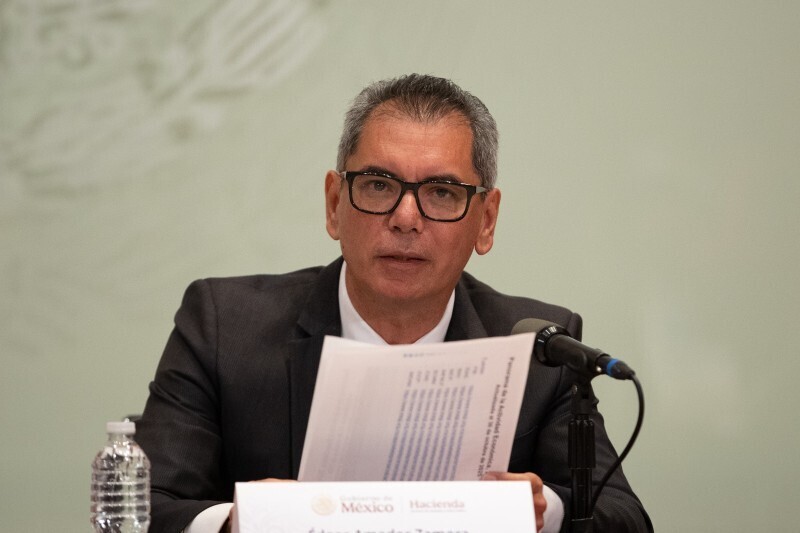
From January to August, total investment shows a contraction of 7.3% compared to the same period in 2024. Private consumption rebounded in August, offering some relief to the economic outlook. With this advance, it reached its highest level so far in 2025 and took over a year to surpass the last peak observed in March 2024. The result was driven by the consumption of imported goods, which grew 4.4% annually, while domestically produced goods barely increased by 0.3%. The growth of the Mexican economy continues to show weakness, and the two components that explain almost 80% of GDP, investment and consumption, are under the scrutiny of analysts, economists, and the government. It is most likely that this downward trend will continue and that the year could close with an approximate fall of 8%. Even so, in the accumulated first eight months of the year, private consumption still shows a slight decrease of 0.3% compared to the same period in 2024, although with an upward trend in recent months. The rebound in consumption is beginning to be seen as a sign of relief for the economy. The bank expects this improvement to lay the foundations for better performance in 2026. While they recognize that private investment remains weak, ongoing public projects and some new industrial announcements in the north and the Bajío could provide some momentum towards the end of the year. However, not all analysts share the optimistic tone. With this result, investment accumulated twelve consecutive months of declines in the year-on-year comparison, confirming that it continues to be the weakest point of growth. The adjustment was widespread, although the biggest blow came from construction, which retreated 1.5% in the month and 7% compared to the previous year. Banorte's economic analysis team anticipates 'greater dynamism in the fourth quarter, supported by the resilience of consumption and a modest recovery of investment,' and considers that the stability of the exchange rate and progress in public works can give protagonism again to domestic demand. Banorte also emphasizes that 'the improvement in fundamentals will lead to greater household spending.' The purchase of machinery and equipment also weakened, with a monthly drop of 3.1% and an annual drop of 10.5%. In its analysis on the third-quarter reports of consumer companies, the bank identifies a moderate growth environment and strategies focused on promotions, online sales, and expansion of physical stores, supported by the strength of the peso against the dollar, which makes imported goods cheaper. The indicator measuring household spending increased by 0.6% compared to July and 0.9% compared to last year. Non-residential construction plummeted by 18.5%, while residential construction grew by 10%, an increase insufficient to compensate for the general contraction. The August data published by INEGI show that investment remains in retreat, while consumption is starting to show signs of recovery that could become the main hope for reactivating activity in the coming months. The Monthly Indicator of Gross Fixed Capital Formation (IMFBCF) recorded in August a decrease of 2.7% compared to July and an annual plunge of 8.9%, its strongest retreat since early 2024. For Gabriela Siller, director of economic analysis at Grupo Base, 'the figures do not seem to indicate that there is a mathematical base effect that would lead the investment indicator to record growth.'













